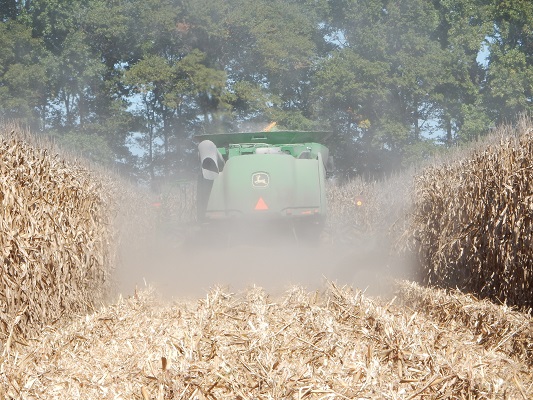News
Field and combine fires have immediate and long-term effects

The dry conditions that have allowed harvest progress have also resulted in a bigger threat of fire. While a burning combine and charred grain field are a big enough loss on their own, South Dakota State University field agronomy specialist Ruth Beck tells Brownfield there are also long-term production issues.
“We lose that residue that protects our field through the winter, we see soil erosion from wind, dust storms can pop up from those types of things, but not just that, there’s a lot of nutrients held in that residue,” Beck told Brownfield Ag News. “We lose that too.”
Nitrogen, sulfur and phosphorus are lost, as well as carbon, which is a large component of soil organic matter, said Beck.
The Pierre-based agronomist rode in a combine cab with a farmer who lost yield because of a residue fire that had happened the year before.
“As he combined the burned area versus the non-burned area, it was corn, and literally, [yield] was over 50 percent less in the area that had received that burn,” said Beck.
Beck says farmers need to pay special attention to keeping machinery maintained and clean so that fire risk is reduced, but they also should keep fire extinguishers both inside and outside the combine cab.

Add Comment